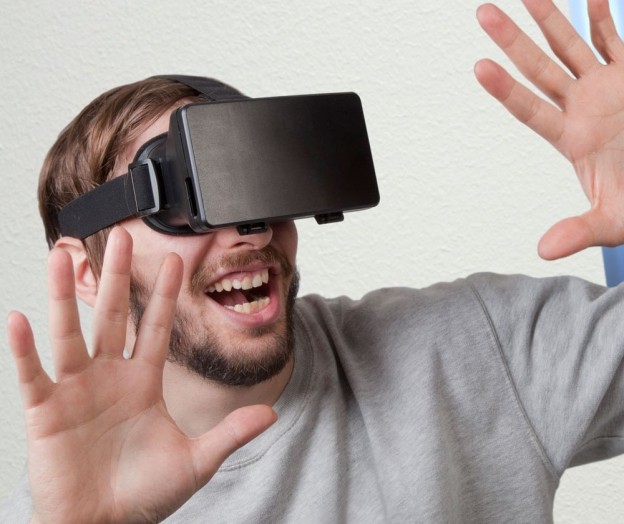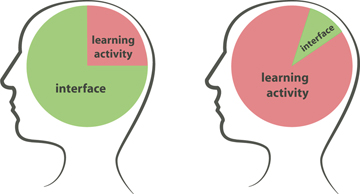Takeaway: Women have more difficulty with spatial tasks, which may impact their interest in STEM fields, but AR/VR and 3D printing are coming to the rescue!
It is a well-known fact that men consistently outperform women on spatial reasoning in IQ tests, specifically the Mental Rotations Task (MRT). I shudder when I see the images below from the MRT, with instructions to “select all of the shapes that are exactly the same as the first object in different positions.” Do you know the answer? Fast forward to the end if you’re curious.

What happens when you take home that Ikea cabinet and try to assemble it? It doesn’t take long before I am speed dialing taskrabbit! According to recent research, men are more likely to be able to assemble furniture without any instructions. With instructions, however, there was no significant difference between men and women and their ability to assemble furniture. Consistent with your experience? It is with mine.

As you might guess, both biological and social factors can explain the gender difference in spatial ability. One of my favorite studies reported that women perform significantly better on the Mental Rotations Task when given a shot of testosterone. (Sorry, I prefer my poor map reading skills to that!) The gender difference is even found in infants, which also suggests a biological underpinning.
As far as social explanations, look no further than Legos and other building blocks. Until a few years ago, the only Lego products available were designed for typical boy fantasies such as spaceships and forts. Not surprisingly, our two sons loved spending weekends with their dad building out an expansive airport while our two daughters would have nothing to do with it. From infancy, boys are given toys to take apart and reassemble, while girls are given dolls and animals. Fortunately, construction-based toys geared toward girls are becoming more popular with the release of products like Lego Friends and GoldieBlox.

GoldieBlox
So why should we care about the continuing spatial gender gap? Spatial ability is positively associated with performance in Science, Technology, Engineering, and Math (STEM) tasks. This means that women may underperform in STEM compared to their male counterparts as a result of their spatial abilities, and this performance difference can affect the number of women who become interested in STEM and ultimately succeed in STEM fields.
The good news is that some types of spatial training can be effective in eliminating the gender gap. Researchers have found improvements in mental rotation ability in girls (and boys with low initial performance) after 3D training in Virtual Reality. This means that the integration of Augmented and Virtual Reality into STEM education may provide the optimal environment for girls to succeed with spatial tasks. Similarly, practice with 3D models in “Maker Labs” in schools may encourage girls to practice and improve their 2D to 3D translation skills in a highly motivating, real world context. They build objects in a 3D graphics program on their computer, then print them out in a 3D printer.
There is more at stake than ever before; spatial ability is critical to many 21st century design and STEM related careers. Childhood toys and new technologies can be exploited to help minimize the differences between students in their spatial abilities, and hence encourage interest in STEM fields, regardless of gender.
Answer: Both A and C are rotated versions of the first object!








